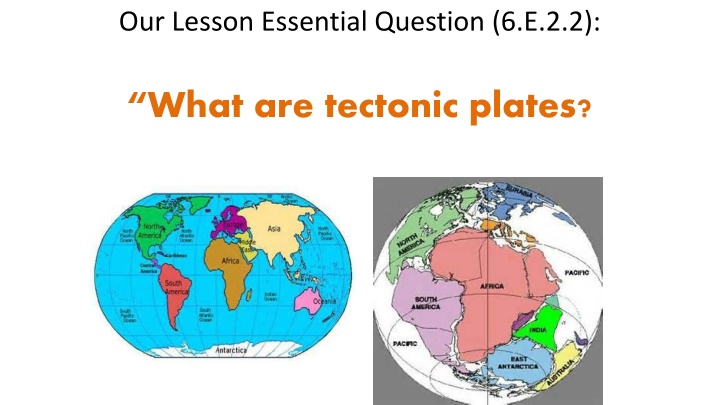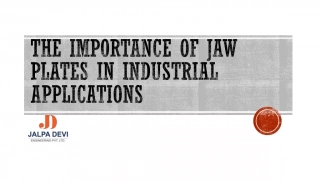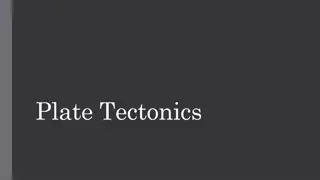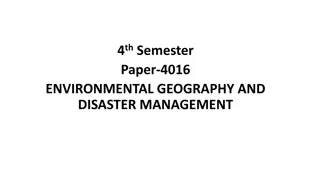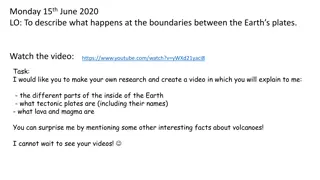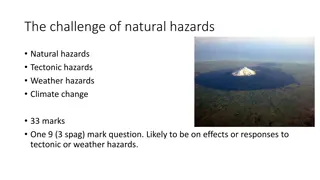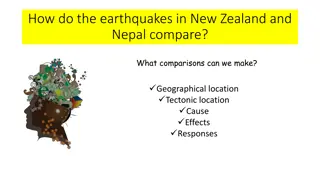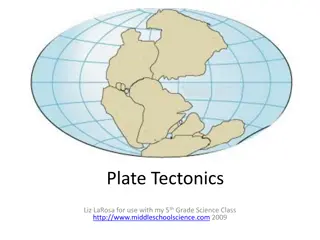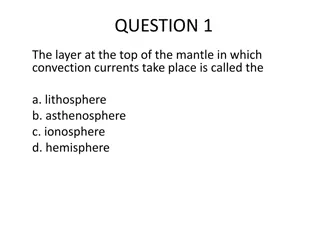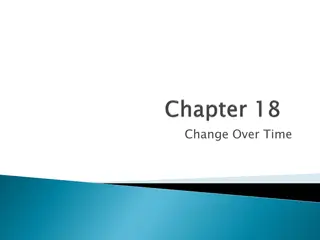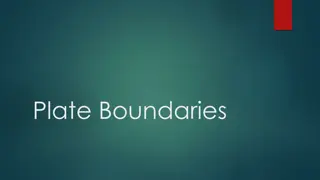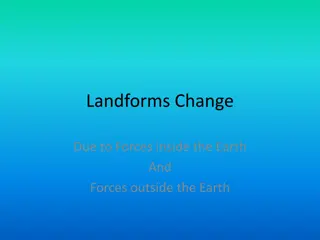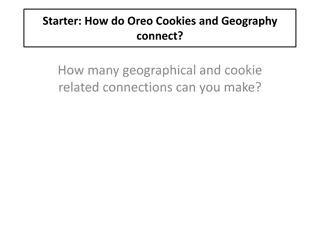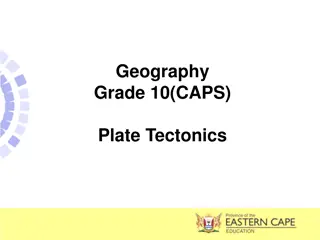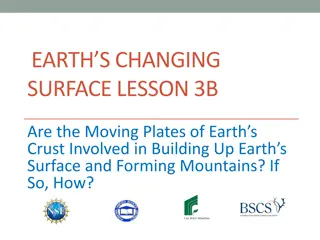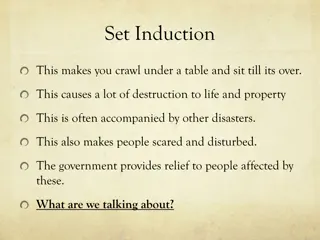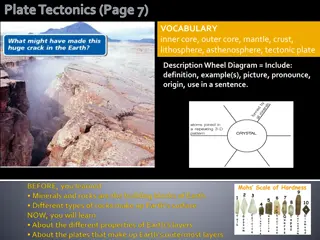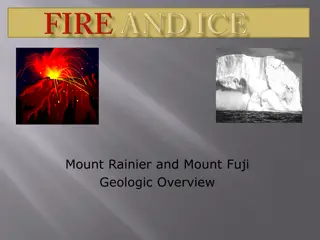Tectonic Plates and Earth's Layers
Explore the composition of Earth's layers through classifying them based on chemical and physical properties. Learn about the lithosphere and its role, including the movement of tectonic plates on the asthenosphere. Discover the distinctions between oceanic and continental plates, their thickness variations, and their placement on the Earth's structure.
Download Presentation

Please find below an Image/Link to download the presentation.
The content on the website is provided AS IS for your information and personal use only. It may not be sold, licensed, or shared on other websites without obtaining consent from the author.If you encounter any issues during the download, it is possible that the publisher has removed the file from their server.
You are allowed to download the files provided on this website for personal or commercial use, subject to the condition that they are used lawfully. All files are the property of their respective owners.
The content on the website is provided AS IS for your information and personal use only. It may not be sold, licensed, or shared on other websites without obtaining consent from the author.
E N D
Presentation Transcript
Our Lesson Essential Question (6.E.2.2): What are tectonic plates?
Classifying the Layers There are two ways to classify the layers of the Earth: Compositional (Chemical): classifies based on chemical properties (ie: elements) Physical: classifies based on physical properties (ie: state of matter)
So far we have looked at the compositional layers, but now we will look at one of the physical layers the lithosphere.
The lithosphere consists of all of the crust as well as the upper, rigid part of the mantle. Skeda:Litosfera.jpg
These pieces of lithosphere that move around on top of the asthenosphere are called tectonic plates.
Tectonic Plate: a block of lithosphere that consists of the crust and the rigid, outermost part of the mantle.
There are two main types of tectonics plates: oceanic and continental. Oceanic plates are thinner, but more dense than continental plates.
These plates range in thickness from a few kilometers to more than 100 kilometers.
These tectonic plates sit on a dense, hot, somewhat melted layer of the earth.
Our Lesson Essential Question (6.E.2.2): What is continental drift?
Have you ever noticed that the South America and Africa look as if they fit together?
Alfred Wegener, a German scientist born in 1880, noticed that the continents looked as if they all once fit together. Fun Fact: Alfred Wegener was a meteorologist and a planetary astronomer!
Wegener called this single, huge continent Pangaea. Pangaea means all earth in Greek
Alfred Wegener wasnt the first to notice the continents looked as if they fit together, but he pushed further, looking for more evidence to support that the continents were once together.
In the early 1900s, Wegener wrote about his hypothesis of Continental Drift, while recovering in a hospital during WWI.
Continental Drift is the hypothesis that the continents once formed a single land mass, broke up, and drifted to their present locations.
Pangaea- the landmass that existed when all continents were joined.
From Pangaea to Modern Continents https://www.youtube.com/watch?v=WaUk94AdXPA (00:25)
